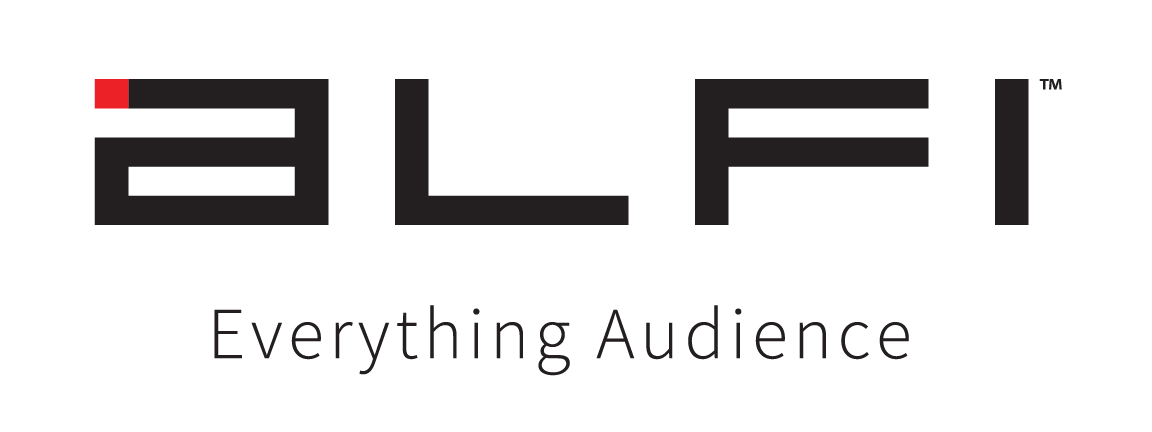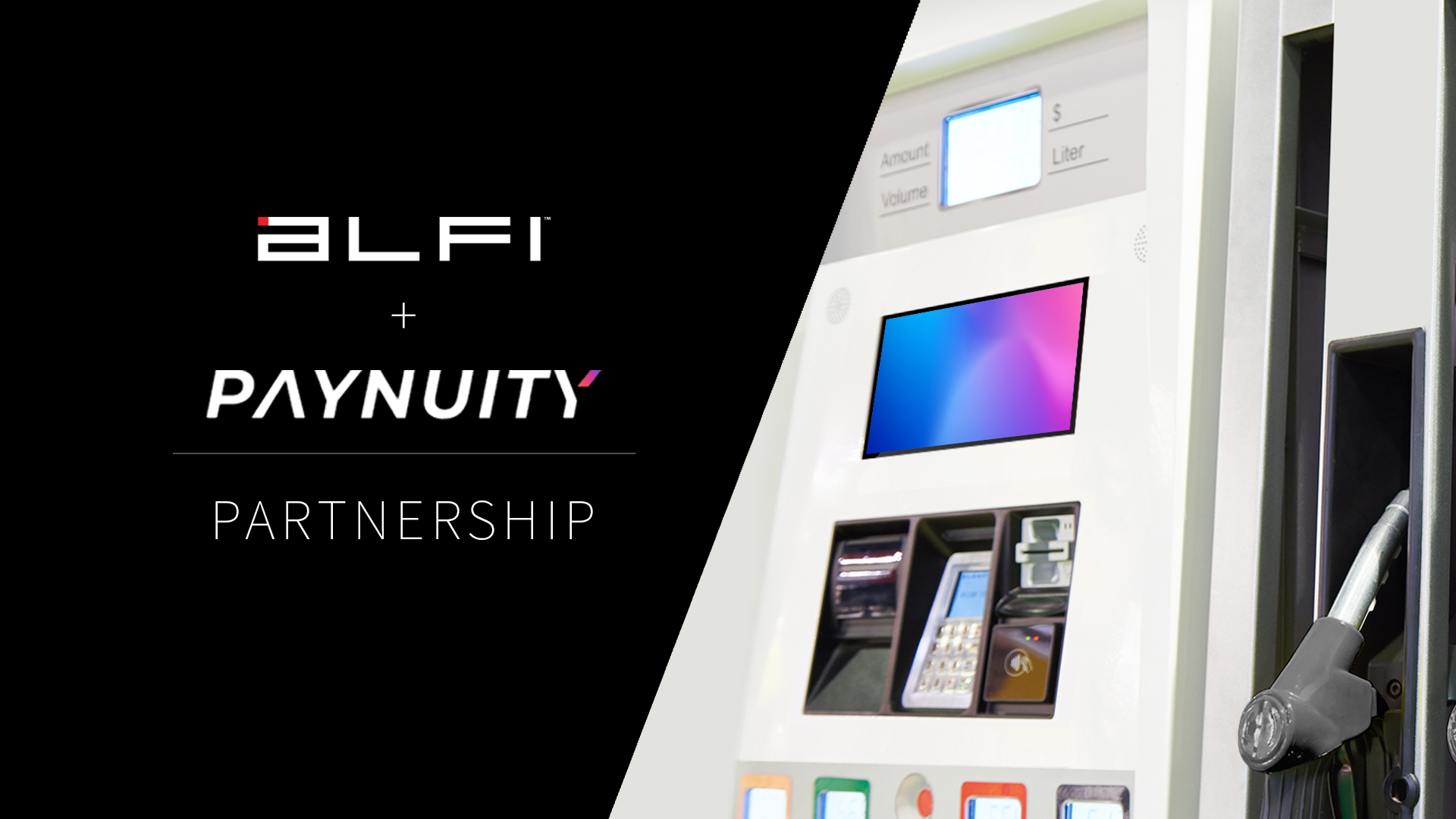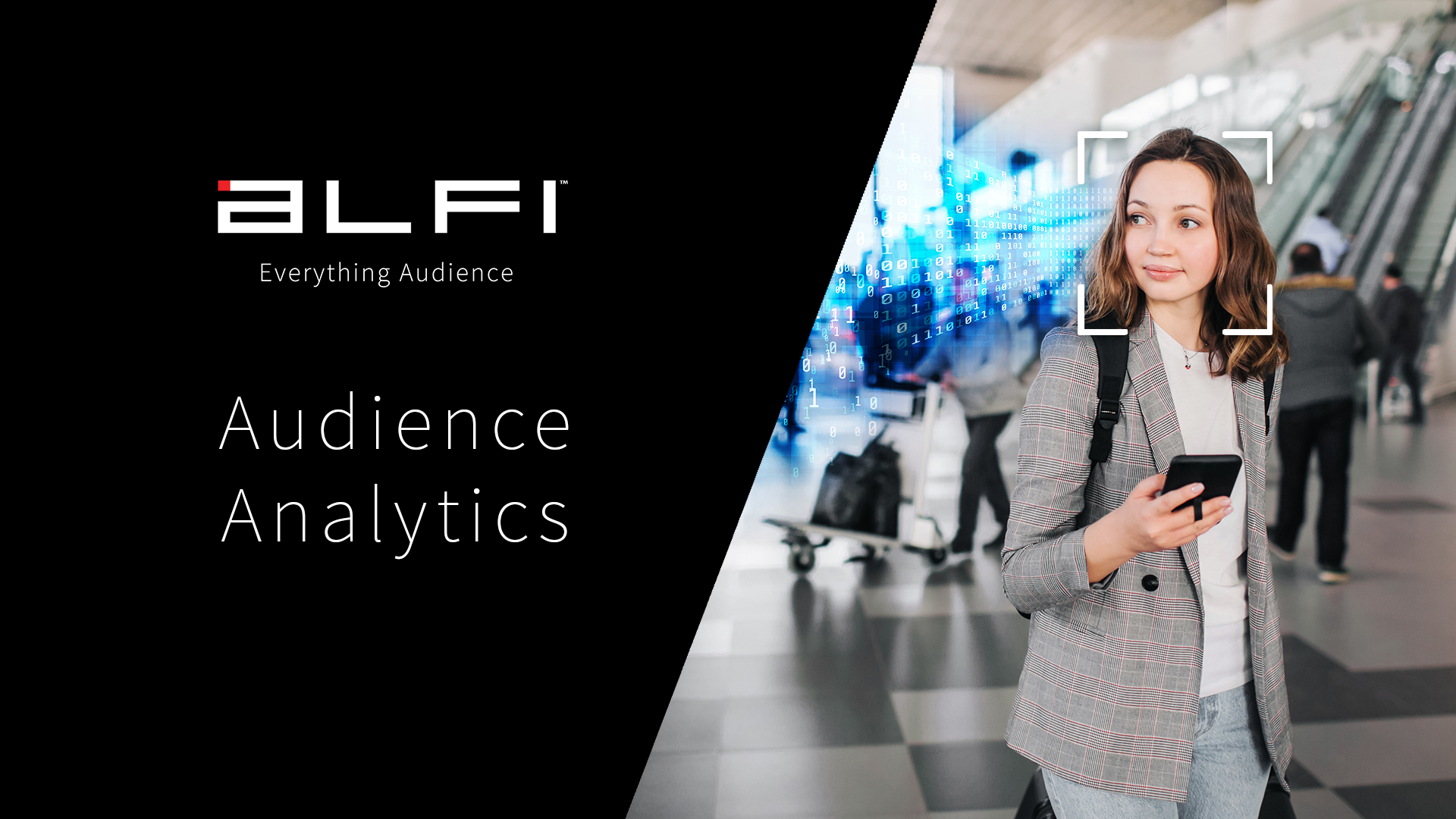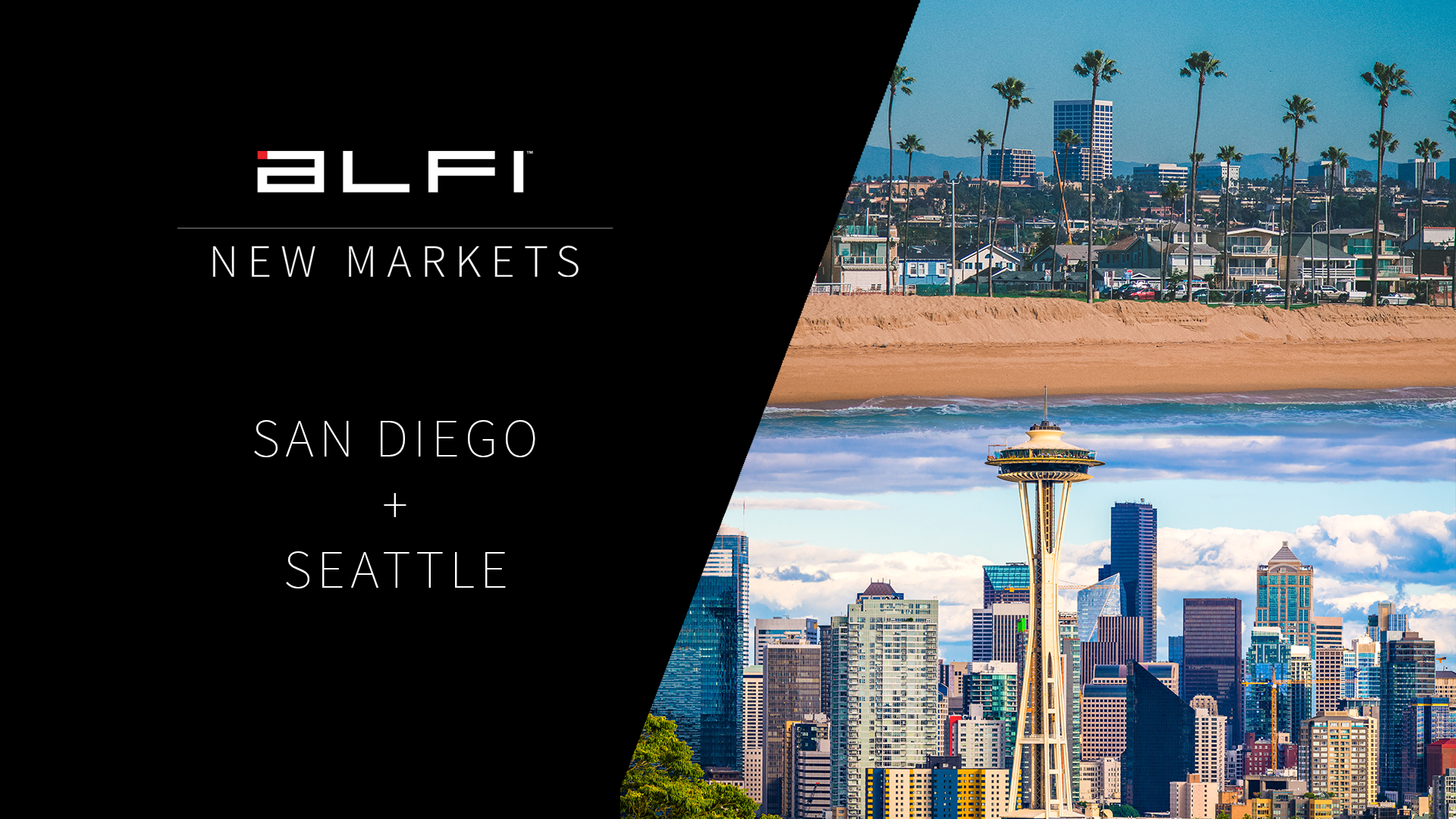With consumers better equipped to understand the rampant sharing of personal data across technologies, companies have had to shift their marketing and targeting strategies. Major tech companies have already rolled out a series of updates, drastically changing the way user data is collected and stored, including added transparency.
In fact, most of the global browser market now runs without cookies. Apple’s Safari limited cookie tracking in 2017 and Mozilla’s Firefox blocked third-party cookies in 2019.
Google has already begun the process of testing alternatives for removing third-party cookies from Chrome, which it promises to fully remove by late 2023 – two years after its targeted timeline.
Chrome maintains the majority of the global browser market, so once cookies are removed, this leaves 65.15% of the browser market open to new ad solutions. As brands look for alternatives to a cookieless future, ad spend has been shifted towards advances in DOOH advertising.
Global market research commissioned by Alfi suggests strong growth for the DOOH ad sector as advertising executives expect increased budgets for all other main areas of advertising, with DOOH leading the pack. In fact, the majority of global ad execs surveyed predict that DOOH and online ad spend are only going to increase. More on that shortly, but first…
Why is DOOH advertising the main benefactor of these shifts?
The Solution to a Cookieless Future: DOOH Advertising
In short, it’s scalable, affordable, and effective with burgeoning technologies quickly enhancing the features available to brands and advertisers everywhere.
Where digital out-of-home truly reigns supreme is its flexibility, affordability, and insight into valuable consumer behaviors. Components can be scaled by each campaign’s and company’s needs, so OOH and DOOH can be combined for even more powerful brand solutions.
DOOH advertising takes the best parts of traditional out-of-home advertising and combines them with advanced technology, providing advertisers better targeting in real-time with more precise reporting and analytics.
Need to purchase only digital spaces relevant to your market? Save money in the long run with more effective ad placement instead of more ads altogether. More bang for your buck, so to speak.
DOOH ad spend flexibility allows brands to create smarter campaigns tailored to their unique audiences. Plus, DOOH ads provide hyper-focused, local targeting that delivers a specific message to a select group of people more likely to connect with that brand. For more on the benefits of DOOH advertising, explore this article.
ALFI’s Latest Articles on DOOH Advertising
Ad Ecosystems And The Rise Of Smart Cities Boost DOOH Advertising Growth
Along with the steady rise of the smart city, the growing wave of digital has spurred an increasing need for more powerful ad ecosystems and networks. Trends are quickly changing and out-of-home advertising is evolving to keep up with the pace. Digital is the natural next step for creating ad content that really connects with today’s consumers.
ALFI’s global research reveals that 74% of global advertising executives strongly believe that the development and expansion of ad ecosystems and networks – in parallel with the rise of smart cities – will provide explosive growth opportunities for the Digital Out-of-Home (DOOH) advertising market.
The global smart city industry is predicted to double from $410.8 billion in 2020 to $820.7 billion by 2025, so it makes sense that advertisers and brands are investing in DOOH advertising as digital spaces become more readily available. For a more in-depth analysis of ALFI’s research results, explore the full article.
What is a supply-side platform?
The increase in OOH (out-of-home advertising) and DOOH (digital out-of-home) advertising options has allowed brands and ad buyers to reach target audiences more effectively, adapt their strategies in real-time, and access a wealth of data for better decision-making.
Beyond the benefits of demand-side platforms (DSPs) – we will go into those more a little later in this article – there are many benefits for publishers looking to utilize supply-side platforms (SSPs) to simplify and enhance their part in the programmatic ad-buying process.
More traditional methods – like ad buyers haggling with publishers over ad spots and budgets – have been replaced with quicker, more modern tech that yields faster results in real-time.
Powerful tech platforms can now handle all of the nitty-gritty details instantly and far more efficiently than ever before – without any of the hassles or haggling.
Digital Out-of-Home and Online Advertising to Reap the Benefits in Decline of Third Party Cookies
Major shifts have occurred in the browser market in terms of user privacy and the phasing out of third-party cookies. Global research shows that the majority of senior ad execs expect budgets for digital out-of-home and online advertising to increase following web browser bans of third-party cookies.
In June 2021, AI enterprise SaaS advertising platform Alfi commissioned global market research in an effort to better gauge the views of global senior ad executives, determine their focus on new ad channels, and understand their predictions on the future of advertising with the demise of third-party cookies.
Market research company, PureProfile, conducted 100 interviews amongst senior advertising professionals working in the global digital advertising industry. These interviews were split across five markets: the United States, United Kingdom, France, Germany, and Asia.
What did these results reveal?
“With web browsers increasingly blocking cookies, ad spend is being relocated to the DOOH sector quicker than we expected,” said Peter Bordes, interim CEO, Alfi.
“Our research suggests strong growth for the DOOH ad sector as advertising executives expect increased budgets for all other main areas of advertising, marking DOOH market as the main beneficiary.”
The majority (85%) of surveyed global ad executives expect budgets for digital out-of-home advertising and online advertising to increase. Furthermore, nearly four out of five (79%) anticipate budgets for television advertising to rise following the shift away from third-party cookies.
Additionally, 78% of advertising executives interviewed believe DOOH advertising will represent over 50% of the total spent on out-of-home ads by 2023, with online and DOOH representing the most anticipated advertising budgets to increase following the decline of third-party cookies.
| Type of advertising | Percentage of senior advertising executives interviewed who expect budgets here to increase dramatically because of changes to the use of third-party cookies on web browsers | Percentage of senior advertising executives interviewed who expect budgets here to increase slightly because of changes to the use of third-party cookies on web browsers | Overall percentage of senior advertising executives interviewed who expect budgets here to increase because of changes to the use of third-party cookies on web browsers |
| Online | 54% | 31% | 85% |
| DOOH | 47% | 38% | 85% |
| Television | 37% | 42% | 79% |
| OOH | 29% | 45% | 74% |
| Radio | 27% | 40% | 67% |
| Direct Mail | 23% | 40% | 63% |
| Magazines | 27% | 34% | 61% |
| Newspapers | 25% | 27% | 52% |
| Catalogues/pamphlets | 21% | 31% | 52% |
“Consumers and regulators are rightly concerned about the growing threat to privacy and personal data collection as every aspect of society becomes digitized,” continued Bordes.
“Interestingly, the DOOH industry has deployed software that is much better at targeted advertising without ever collecting cookies from or personal information about its viewers and is already leading this revolution. It is now in the hands of ad executives to become leaders in the protection of consumer privacy while providing brands with the precise data they need to grow.”
What does this mean for advertisers?
Advertisers are increasingly demanding improved performance and capabilities from the ad technology they utilize. Alfi delivers solutions that work in parallel to benefit both brands and users.
Alfi’s smart AI and advanced technology provide data-rich reporting with in-depth intel for advertisers – that someone viewed their ad, the total number of views, and each viewer’s reaction to the ad. Alfi provides advertisers with analytics, accountability, transparency, proof of engagement, and actual impressions. The company has set out to build an advertising technology company built around respecting people’s right to privacy.
With user privacy at the heart of its mission, Alfi’s next-generation technology has been designed to detect behavior without the collection or storage of personal data or facial images. Alfi sets new standards by delivering precise targeting information to advertisers by collecting intel in nonintrusive ways compliant with GDPR, CCPA, and HIPAA.
As both GDPR and CCPA focus on the oversight of collection and storage of personal data, the fact that Alfi does not collect any personal identifiers or information makes it a compliant pioneer in the revolution of the OOH sector. When you are ready to experiment with DOOH advertising, take it to the next level with intelligent, compliant data. Want to know more? Drop us a line and our team will get in touch with you!




